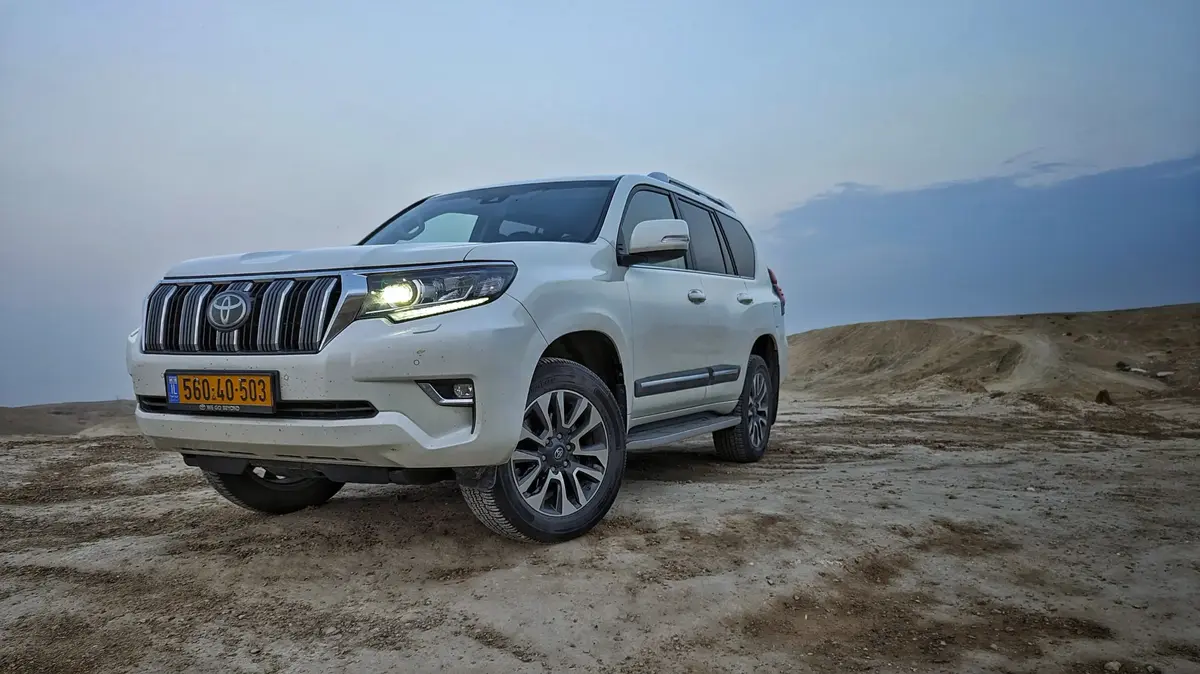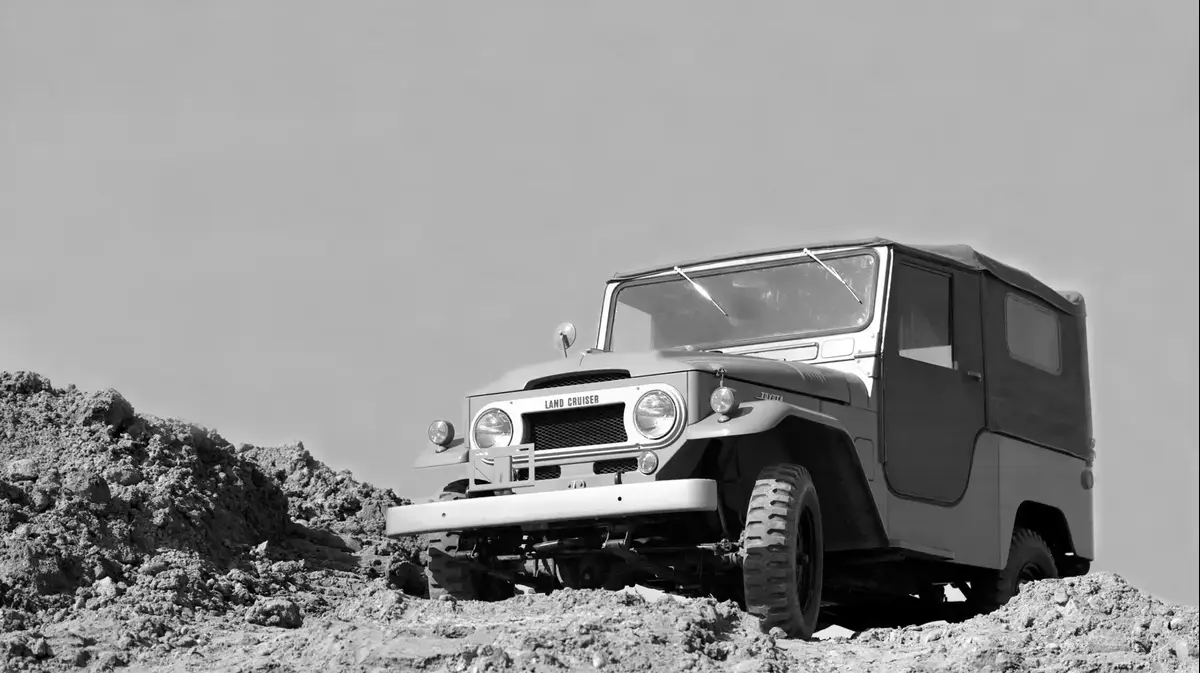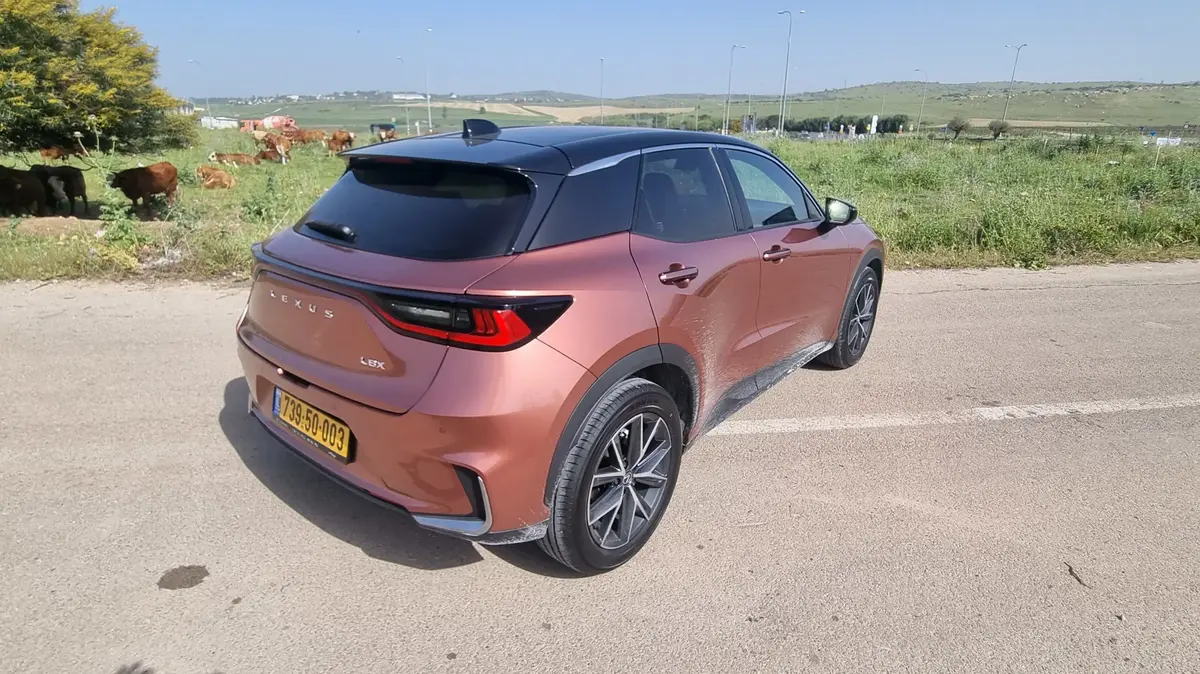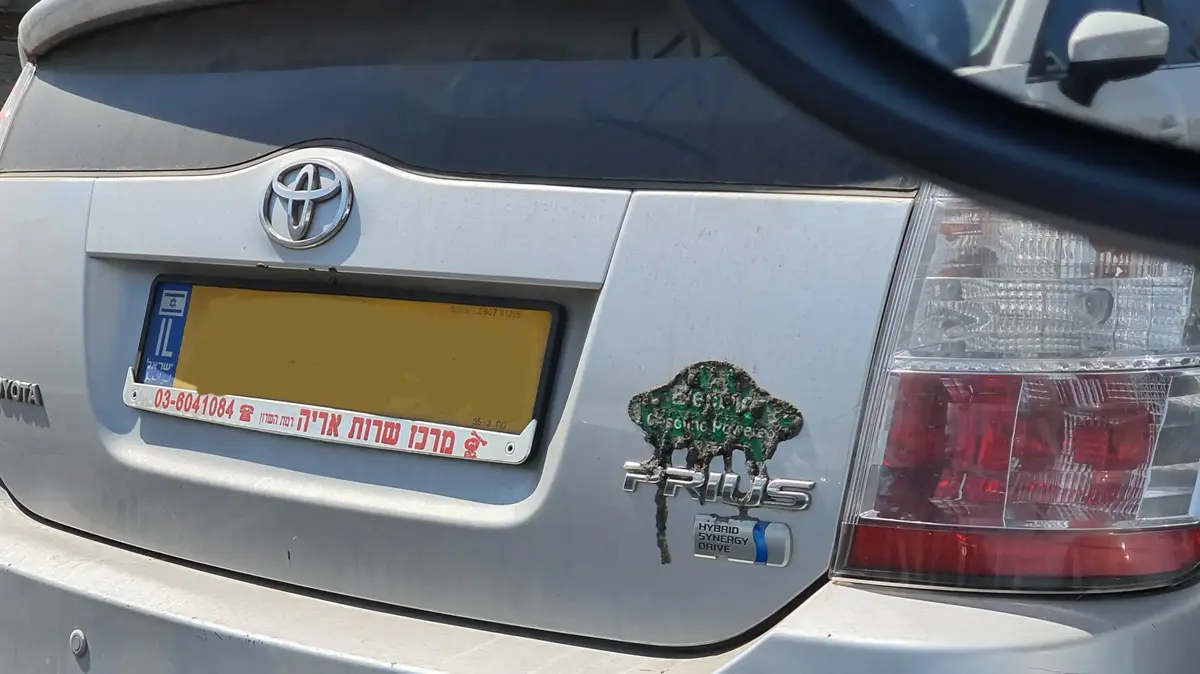Icon: enlarge
Photo: Toyota
General information about the model:
The Toyota Carina is one of the (almost) forgotten Asian volume models: Despite their once great popularity, it is now difficult for them to become a respected classic.
The first Carina generation came on the German market in 1970 and is practically extinct.
The mid-range model had its greatest period in the 1980s and early 1990s (T150 and T170 series).
With robust technology and good standard equipment at attractive prices, the Toyota Carina competed against competitors such as VW Passat, Opel Vectra or Ford Sierra.
A concept with which other Japanese models such as Nissan Bluebird, Mazda 626 or Mitsubishi Galant also scored points.
Those who do not specialize in cars from the Far East will hardly be able to tell these models apart.
But the optical inconspicuousness was the concept: a gray mouse design paired with durable and reliable technology.
"That's how a Japanese had to be in Germany," says Alexander Hajek from Bad Homburg, who runs the Toyota-Klassik.de forum.
The T150 series introduced in Germany in 1984 is also known as the Carina II; the sedan rolled off the assembly line with a new platform and front-wheel drive.
The Corolla went through the same stage of development, but was the significantly smaller car.
In addition to a four-door notchback, the Carina was also available as a five-door hatchback (liftback) with extra storage space: by folding down the rear seats, the loading area could be converted into a veritable bed.
The equipment was also generous at the time, the normal models DX or XL had a rev counter, right exterior mirror and five-speed gearbox as standard.
A sunroof, metallic paint or automatic transmission were available for an extra charge.
In the top versions SX / GL / GLi you got stylish velor seats, sun protection glazing and other extras.
The T150 engines were solid mid-range, the basic unit was a 1.6-liter carburetor with / without a catalytic converter and 75/84 hp.
A 1.8-liter injection engine offered 101 hp.
There was also a sluggish, but economical pre-chamber diesel, which drew 69 hp from two liters of displacement.
The Toyota Carina became even more inconspicuous, but more mature, with the T170 series introduced in 1988 and produced until 1992.
The cockpit and the displays were less playful, so the processing of plastic and other materials was of higher quality.
The amount of space on the back seats also increased, and there were huge trunk spaces.
In addition to the notchback and liftback, the T170 was also available as a five-door station wagon.
In terms of engines, Toyota switched to the ultra-modern four-valve engines with two overhead camshafts.
The 1.6-16V developed 102 HP (later 98 HP), the 2.0-16V a remarkable 121 HP.
Unlike the Corolla, for which Toyota also offered sleek GT versions, the Carina always remained conservative and relied on understatement.
Those who wanted it sporty could choose the sister model Celica (T16): With 150 hp, the coupé made a lot of steam.
As an all-wheel drive GT with a turbocharger and 185 hp, the Celica was even successful as a rally car.
Why that of all people?
Anyone who drove “a Japanese” in the 80s usually didn't care much about cars and didn't want to attract any attention.
"The result was automobile cloaks like the Toyota Carina," says Hajek lover: "Absolutely inconspicuous cars, but technically reliable and superbly processed - the latter a feature that German manufacturers claim to be today."
more on the subject
Low-priced classic cars - Lexus LS 400: In a class of its ownBy Haiko Prengel
Inexpensive classic cars - Toyota Celica: The Manta Hunter by Haiko Prengel
Inexpensive oldtimers - Toyota MR 2: Front folding headlights, rear spoilerBy Sven Jürisch
A Carina is the ideal everyday classic today.
And because the prices are in the basement, you choose a model with comfort features.
A 2.0 GLi (T170) is almost indestructible, but with its 121 hp it can be driven comfortably (with a four-speed automatic) or quite fast (as a five-speed switch).
Or you like the weird 80s style and choose a Carina SX Liftback (T150) with a spacy design and quirky instruments.
In addition, there are all kinds of Japanese luxury such as plush velor, which at the time cost a hefty surcharge at Mercedes and other German brands.
That makes the invisibility cloak almost cool, experts also speak of JDM (for Japanese Domestic Market).
This trend was initiated by the street racing series "The Fast & The Furious": People like to lower the car according to the Japanese model, use wide rims or stick on lettering such as "Tofu Racer".
Japanese license plates are also very popular in the scene to refine the vehicles.
"In this way, the automobile invisibility cap suddenly becomes a trendy car," says Alexander Hayek.
Icons like Toyota Supra or Corolla AE86, which used to be barely noticed or even smiled at, are now casual and exotic.
In the meantime, even formerly disdainful limousines like the Carina are getting something of this "fame", says Hajek, with a bit of additional styling: "The JDM-Racer is ready."
Availability:
Most of the Toyota Carina have long since been exported.
Scrapping premiums did the rest.
All sorts of veterans can still be found in the used car portals.
Among them are many well-kept retirees' cars, preferably with a convenient automatic.
Only the station wagons (T17) have become very rare.
As an alternative to the German market, it is worth taking a look at the Benelux, where the Carina can still often be found.
Always stay up to date?
Driving reports, analyzes, the latest news: you won't miss any articles from the Mobility section of SPIEGEL.
How to turn on your notifications Right arrow
Spare parts supply:
Common wear parts such as ignition parts, filters, belts and clutches are readily available, including from Toyota.
However, the manufacturer calls for high prices.
Suppliers in the accessories market are cheaper.
The expert Hayek advises parts from well-known suppliers with OEM quality such as Denso, NKG or Herth & Buss.
Spark plugs from Bosch, on the other hand, are said to be less tolerable for engines.
It becomes difficult when replacing body parts, from time to time a front fender is offered.
It also looks poor when it comes to ornaments and fittings, most of the components are no longer available.
Spare part prices (exemplary):
Set of front brakes (pads and discs): approx. 100 euros
Coupling set: approx. 120 euros
Toothed belt set with tensioning rollers: approx. 80 euros
Alternator: approx. 150 euros
Weak points:
Rust affects the Toyota Carina the most.
Repair sheets are still available for blooming rear wheel arches.
It is also advisable to look into the wheel arch and inspect the mountings for the rear belts.
There is also a lot of bumbling around the end tips and side skirts.
On the T15, the fenders often swell up like puff pastry.
"Good fenders are almost a reason to buy the car," says Alexander Hajek.
The technology is considered to be durable.
The engines are good for 300,000 kilometers and more across the board, this also applies to the manual and automatic transmissions.
The timing belts should be changed every 100,000 kilometers or six years.
Because they are so-called free runners, there is no risk of engine damage if they crack.
Caution is advised with idle fluctuations, poor throttle response or starting problems.
In the case of carburetor engines in particular, vacuum control is complex and troubleshooting is time-consuming.
The electrics are robust - window regulators, engine management or the displays in the cockpit usually still work after 30 years without causing any problems.
Price:
Ready-to-drive cars with a valid HU sticker are available for 1500 euros.
Self-maintained Toyota Carina from first hand retirees are offered for well under 5000 euros.
Only top models with particularly good equipment and little mileage can sometimes cost more.
Contact points on the Internet:
www.toyotaoldies.de
www.toyota-Klassik.de
www.toyota-classic-parts.de
www.amayama.com/en
www.japan-parts.de









